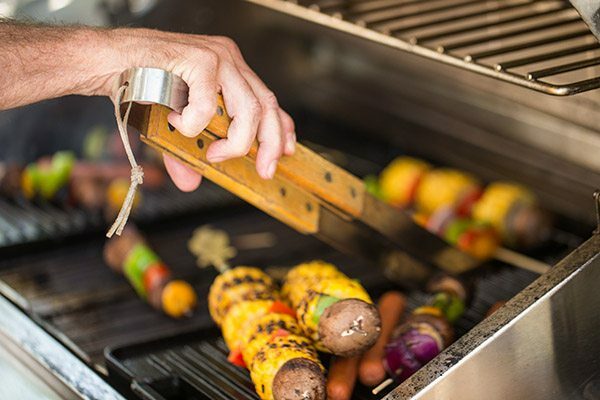
Corrugated Stainless Steel Tubing – or CSST – is a yellow flexible pipe used to provide natural gas and propane to many homes and businesses. If you live or work in a structure built between 1990 and 2006, or if gas line work was performed on your building during that period, be aware of possible safety hazards associated with CSST. Get educated now to ensure your home or building is protected.
CSST pipes may not have been installed to current model code requirements
Some 500,000 new homes in the United States have CSST installed each year. But since regulations directing how pipes are bonded and grounded were not adopted until 2006, it’s smart to have your piping system inspected by a licensed electrician.
Properly bonding and grounding a CSST gas line system is critical
Direct bonding better secures electrical continuity and conductivity through metal pipes, while grounding can send any lightning strike into the ground. CSST systems installed before the bonding/grounding rules are susceptible to lightning strikes, which can cause electrical shocks.
Direct bonding on your natural gas system reduces the chances of electrical shock, as well as a natural gas leak or fire.
CSST pipes can be damaged by lightning
Lightning striking a CSST gas line system can be extremely dangerous. A strike on or near a building can travel through the structure’s piping system and cause a damaging power surge that can produce a gas leak or fire.
Have your CSST system inspected by a licensed electrician. If your system isn’t in compliance, a professional can help you take steps to protect your home or business.
Learn more about how you can keep your home protected with Nationwide homeowners insurance.



